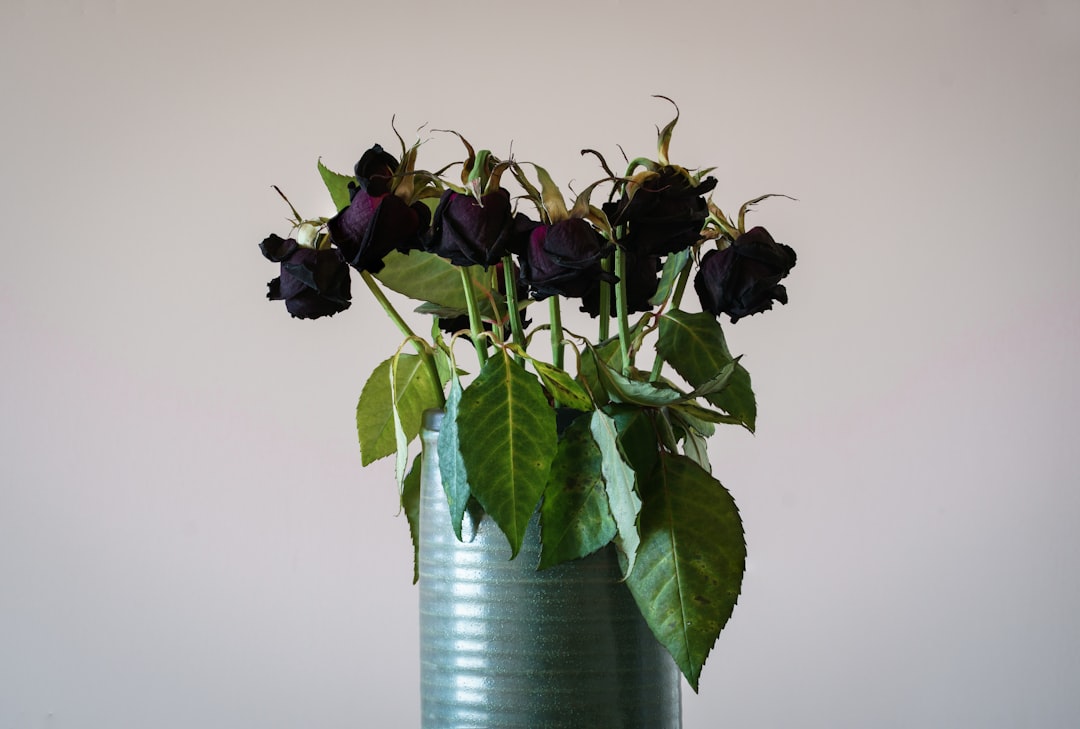The Secret Weapon for a Thriving Yard: DIY Olla Pots

Maintaining a beautiful yard is a rewarding endeavor, but it often comes with the challenge of efficient watering. Traditional watering methods can be wasteful, leading to water runoff and uneven moisture distribution. Enter the olla pot, a simple yet effective solution that has been used for centuries to water plants in arid regions. In this article, we'll explore how to make a DIY olla pot and share 10 tips for using it to water your plants efficiently.
What is an Olla Pot?
An olla pot is an unglazed clay pot that is buried in the soil near plants. The porous nature of the clay allows water to seep out slowly, providing a steady supply of moisture directly to the plant's roots. This method of watering is not only efficient but also helps to prevent overwatering, which can lead to root rot and other plant diseases.
How to Make a DIY Olla Pot
Making a DIY olla pot is a relatively simple process that requires only a few materials. Here's what you'll need:
- An unglazed clay pot (any size will work, but a 1-gallon pot is a good starting point)
- A drill with a masonry bit
- A rubber stopper or cork to fit the opening of the pot
- A funnel
Follow these steps to make your own olla pot:
- Start by drilling several small holes in the bottom and sides of the clay pot. These holes will allow water to seep out slowly into the soil. Make sure the holes are evenly spaced and not too large, as you don't want the water to drain too quickly.
- Once you've drilled the holes, clean the pot thoroughly to remove any dust or debris. You can use a damp cloth or sponge to wipe the inside and outside of the pot.
- Next, insert the rubber stopper or cork into the opening of the pot. This will prevent dirt and debris from getting into the pot and clogging the holes.
- Finally, use the funnel to fill the pot with water. You can add a small amount of liquid fertilizer to the water to provide nutrients to your plants.
10 Tips for Using Olla Pots for Efficient Watering
- Choose the Right Location: Place your olla pots near the base of your plants, where the roots can easily access the water. Make sure the pots are buried deep enough in the soil so that only the opening is visible.
- Water Regularly: Check your olla pots regularly to make sure they are filled with water. Depending on the size of the pot and the weather conditions, you may need to refill them every few days or once a week.
- Use Mulch: Apply a layer of mulch around your plants to help retain moisture in the soil. This will reduce the amount of water that evaporates from the surface and help your olla pots work more efficiently.
- Group Plants with Similar Watering Needs: Planting together plants that have similar water requirements will ensure that each plant gets the right amount of water. This will also make it easier to manage your olla pots and prevent overwatering or underwatering.
- Adjust the Watering Rate: If you notice that your plants are not getting enough water, you can increase the number of holes in the olla pot or use a larger pot. Conversely, if you're overwatering your plants, you can reduce the number of holes or use a smaller pot.
- Clean the Pots Regularly: Over time, dirt and debris can accumulate inside the olla pots and clog the holes. To prevent this, clean the pots regularly by flushing them with water or using a small brush to remove any buildup.
- Use Rainwater: Collecting rainwater is a great way to save money on your water bill and provide your plants with natural, chemical-free water. You can use a rain barrel or other container to collect rainwater and then use it to fill your olla pots.
- Monitor the Soil Moisture: Use a soil moisture meter or your finger to check the moisture level of the soil around your plants. This will help you determine when it's time to refill your olla pots and ensure that your plants are getting the right amount of water.
- Protect the Pots from Freezing: If you live in an area with cold winters, make sure to protect your olla pots from freezing. You can wrap them in insulation or move them indoors during the winter months.
- Experiment with Different Sizes and Shapes: There are many different sizes and shapes of olla pots available, so don't be afraid to experiment and find the ones that work best for your plants and your yard. You may also want to try using different types of clay or glazes to see how they affect the performance of the pots.
In conclusion, olla pots are a simple and effective way to water your plants efficiently and reduce water waste. By following these tips and making your own DIY olla pots, you can enjoy a beautiful, healthy yard without having to spend hours watering your plants.